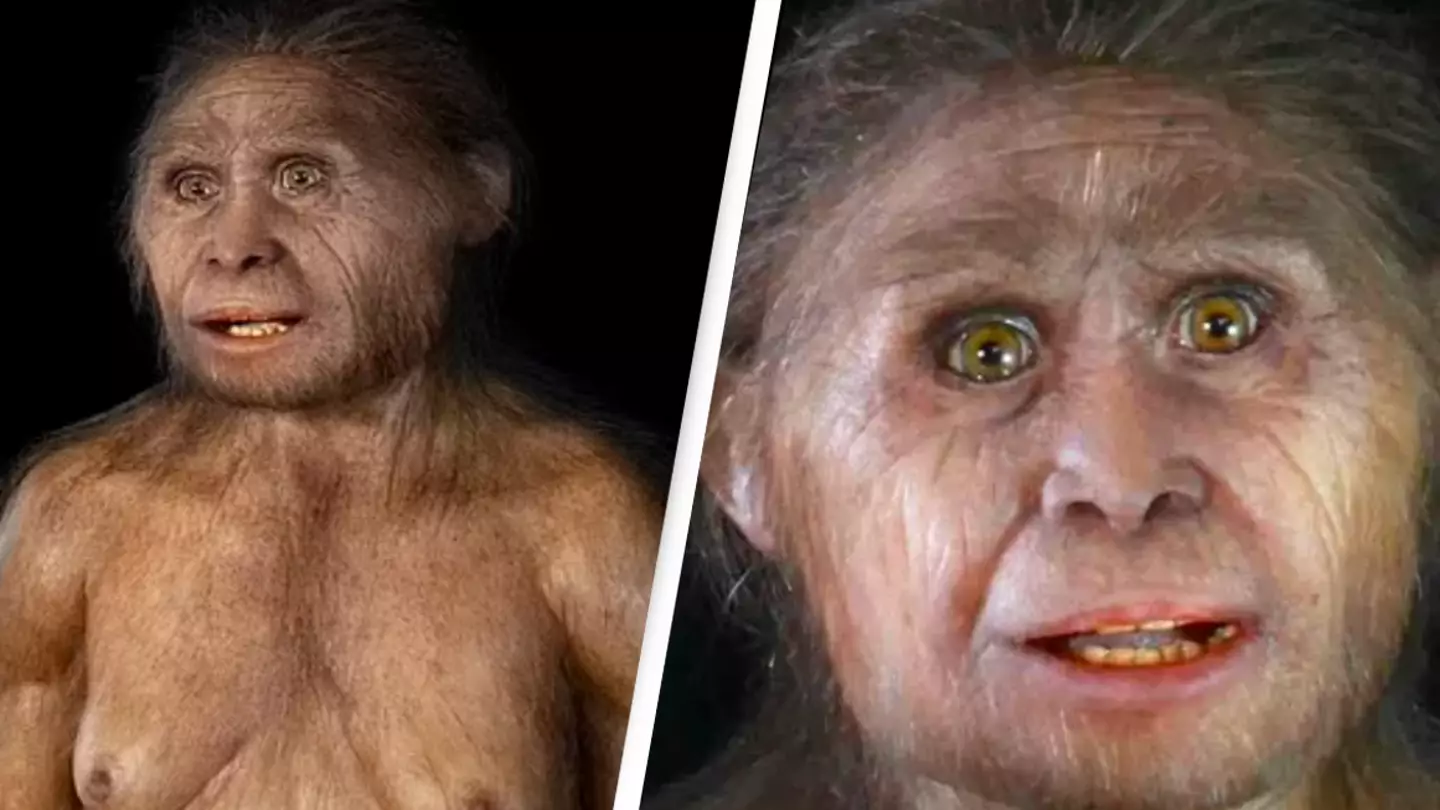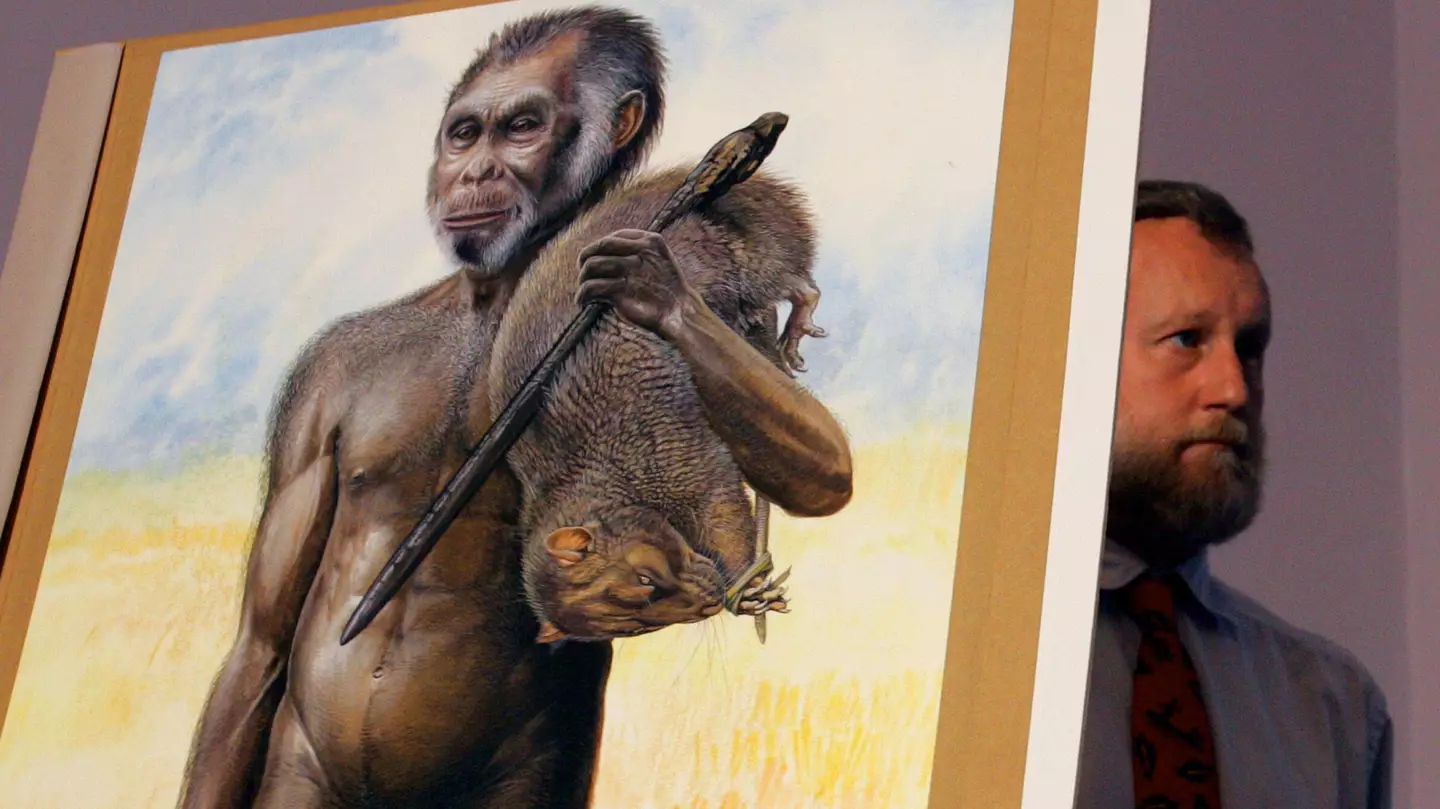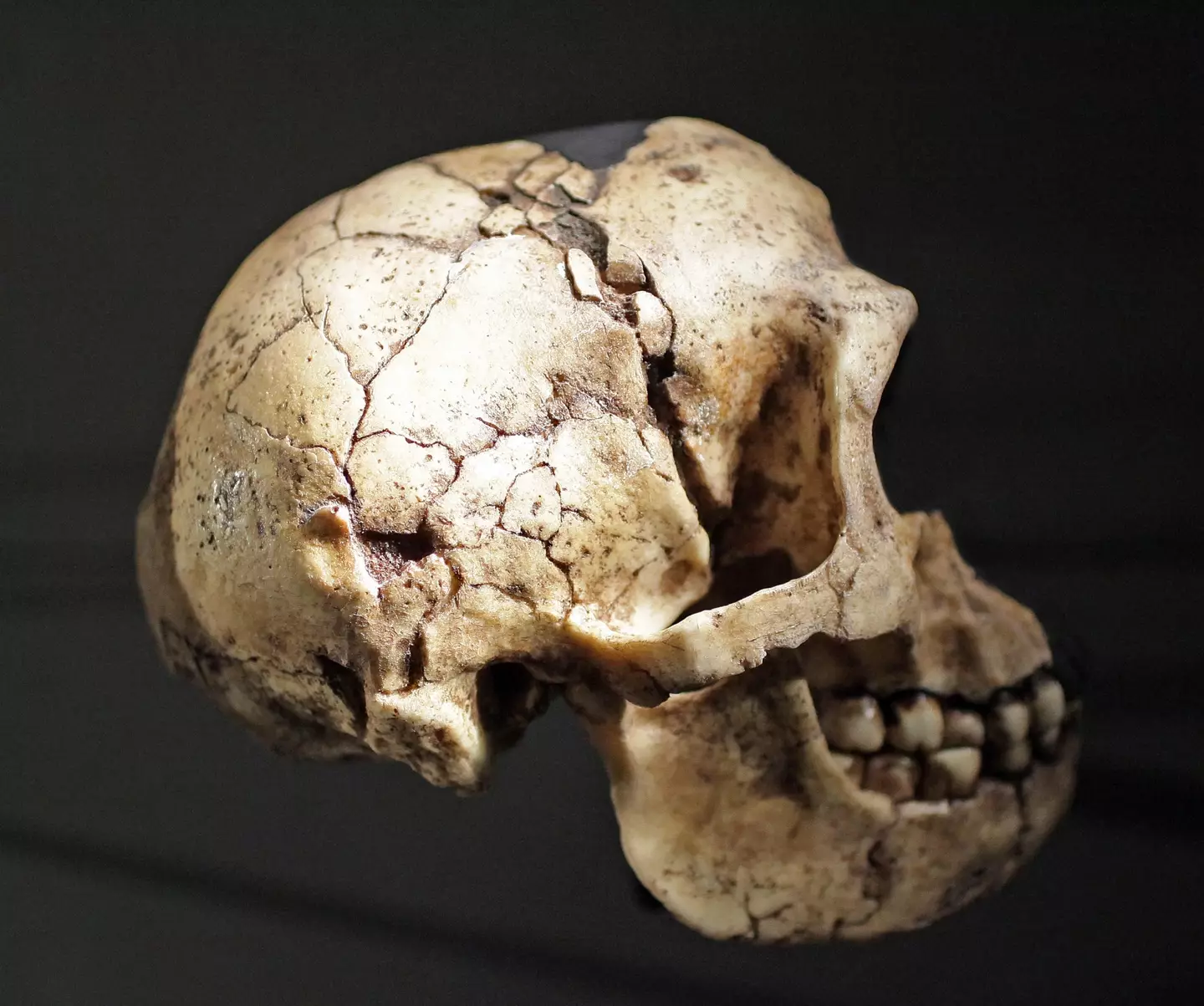
Forget New Zealand - an Indonesian island may be a prehistoric, real-life Hobbiton, according to an anthropologist.
In The Hobbit, J.R.R. Tolkien once wrote: "There is nothing like looking, if you want to find something. You certainly usually find something, if you look, but it is not always quite the something you were after."
Who knows what strange, wonderful and possibly even reality-shifting creatures exist across the world. However, on a humble Indonesian Island, there may have been, or may even still be, a human 'hobbit' ancestor.

Gregory Forth, an anthropologist retired from the University of Alberta, recently released a book: Between Ape and Human: An Anthropologist on the Trail of a Hidden Hominoid.
Advert
He's put forward a rather controversial theory: Flores, one of the Lesser Sunda Islands, may have been home to a diminutive early human species known as Homo floresiensis.
These people have been nicknamed 'hobbits' due to being around 3ft tall, having larger feet and skills for making tools.
According to Forth, reports of an 'ape-man' on the island may actually be sightings of the ancient human ancestor, somehow thriving in the 21st century despite many believing it to be extinct.
He told Live Science: "We simply don't know when this species became extinct or indeed dare I say - I did dare say - we don't even know if it is extinct. So there is some possibility that it is still alive."
Advert
Over the course of his work on the island, stretching as far back as 1984, he's collected stories of humanoid creatures living in the forest. After H. floresiensis was discovered in 2003, he started to draw the lines between the tales.

He said: "I heard about these similarly small human-like creatures in a region called Lio, which were said to still be alive, and people were giving accounts of what they looked like."
In an excerpt from his new book, he describes claims regarding a corpse which didn't appear to be that of a monkey, nor a man - it had a stubby tail and light-coloured hair across its body, seeming to match the description of H. floresiensis.
Advert
Others are sceptical about this theory, however. John Hawks, a paleoanthropologist at the University of Wisconsin, can't get past the unlikelihood of such a being surviving this long in an inhabited area without firmer confirmation of its existence.
He told the outlet: "Flores is an island that has about the same area of Connecticut and has two million people living on it today.
"Realistically, the idea that there's a large primate that is unobserved on this island and surviving in a population that can sustain itself is pretty close to zero."
If you have a story you want to tell, send it to UNILAD via [email protected]
Topics: Science
